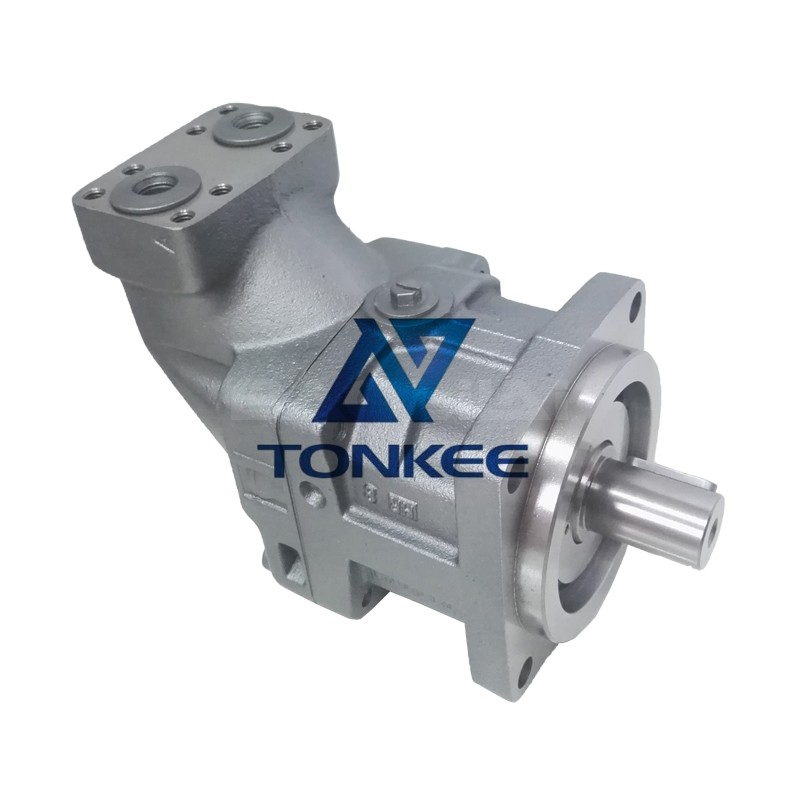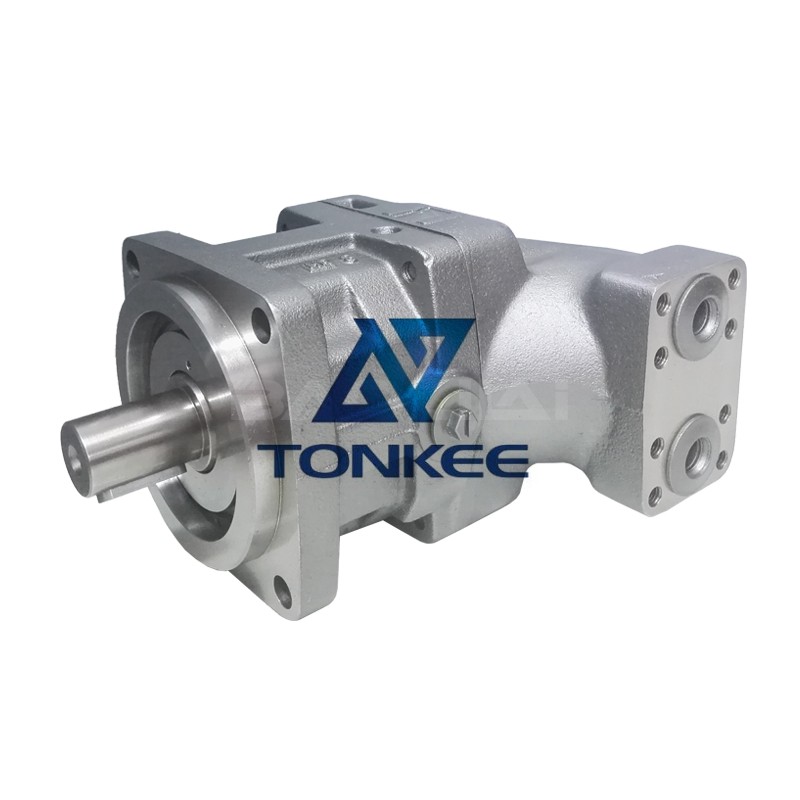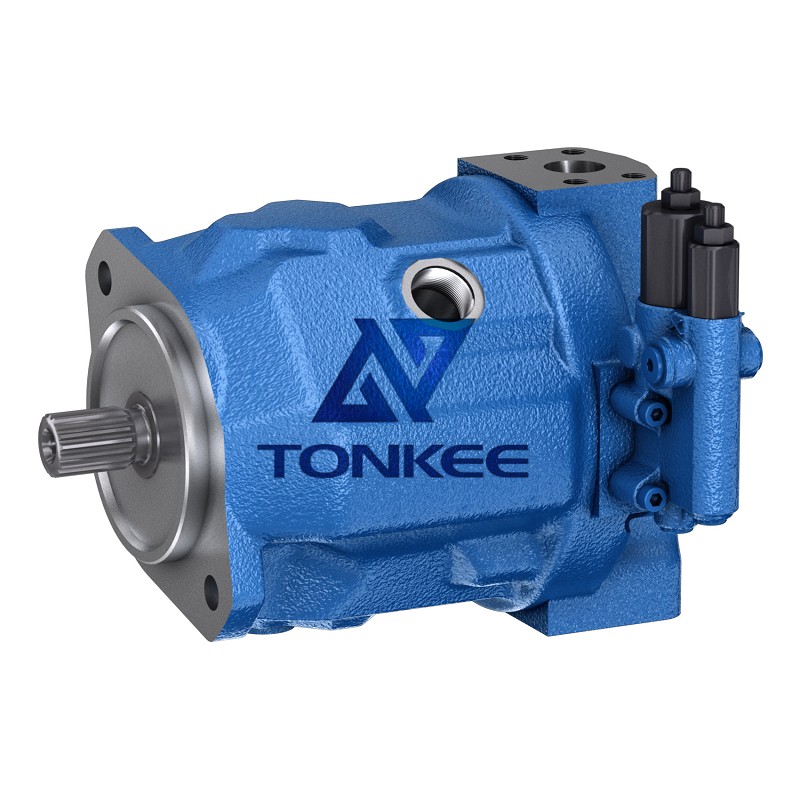
Shaft: The motor shaft is a crucial component that transfers power and torque.
Replacement shafts must be made of high-strength materials such as hardened alloy steel to withstand the demanding operating conditions. They should have precise dimensions to ensure proper fit and alignment with the motor.
Bearings: The motor bearings provide support and reduce friction between moving parts. Replacement bearings should be designed to handle the radial and axial loads experienced in hydraulic motors. High-quality, sealed ball bearings or roller bearings with appropriate load ratings and durability are essential for optimal motor performance and longevity.
Seals: Seals are vital for preventing fluid leakage and contamination. Replacement seals must be compatible with hydraulic fluids and capable of withstanding high pressures and temperatures. They should be made of durable materials like nitrile rubber or polyurethane, ensuring a reliable and long-lasting seal.
Cylinder Block and Pistons: The cylinder block and pistons are responsible for converting hydraulic pressure into rotational motion. Replacement cylinder blocks should have accurate dimensions and be made from high-strength materials to withstand the pressures generated by the hydraulic system. Pistons should be precisely machined to maintain optimal clearance with the cylinder block and ensure efficient fluid displacement.
Valve Plate: The valve plate controls the flow of hydraulic fluid to the motor chambers, enabling smooth operation and control. Replacement valve plates should be designed to match the original specifications, ensuring proper fluid distribution and sealing. They should be made from robust materials like steel or aluminum alloy to withstand the forces exerted during operation.
Port Plates: Port plates provide the necessary connections for fluid inlet and outlet. Replacement port plates must have the correct port sizes and configurations to ensure compatibility with the hydraulic system. They should be made from materials resistant to corrosion and erosion caused by hydraulic fluids.
Housing: The motor housing encloses and protects internal components. Replacement housings should be designed to match the original specifications and provide proper support and alignment of internal parts. They should be made of durable materials like cast iron or aluminum alloy, offering excellent strength and resistance to environmental conditions.
Gaskets and O-rings: Gaskets and O-rings are used for sealing various motor components, preventing fluid leakage.
Replacement gaskets and O-rings should be made from compatible materials, ensuring compatibility with hydraulic fluids and maintaining a reliable seal.
Bolts and Fasteners: Replacement bolts and fasteners must meet the required specifications for strength, size, and material. They should be made of corrosion-resistant materials to withstand the operating conditions and prevent loosening during motor operation.
Service and Repair Kits: Service and repair kits are available for comprehensive motor maintenance. These kits typically include a selection of replacement parts like seals, gaskets, and O-rings, ensuring that all critical components can be replaced during regular maintenance or repair.






 English
English português
português Русский язык
Русский язык










